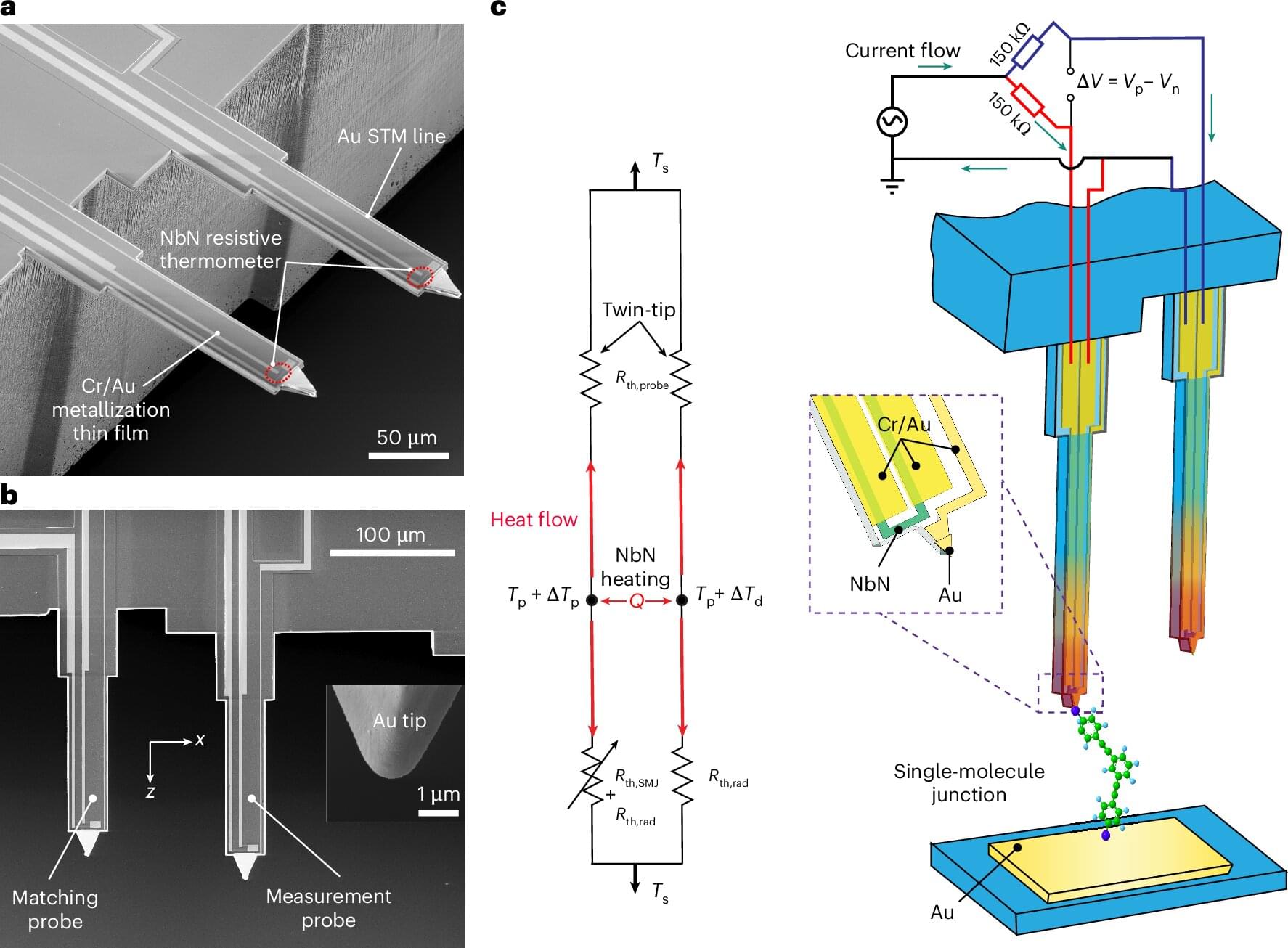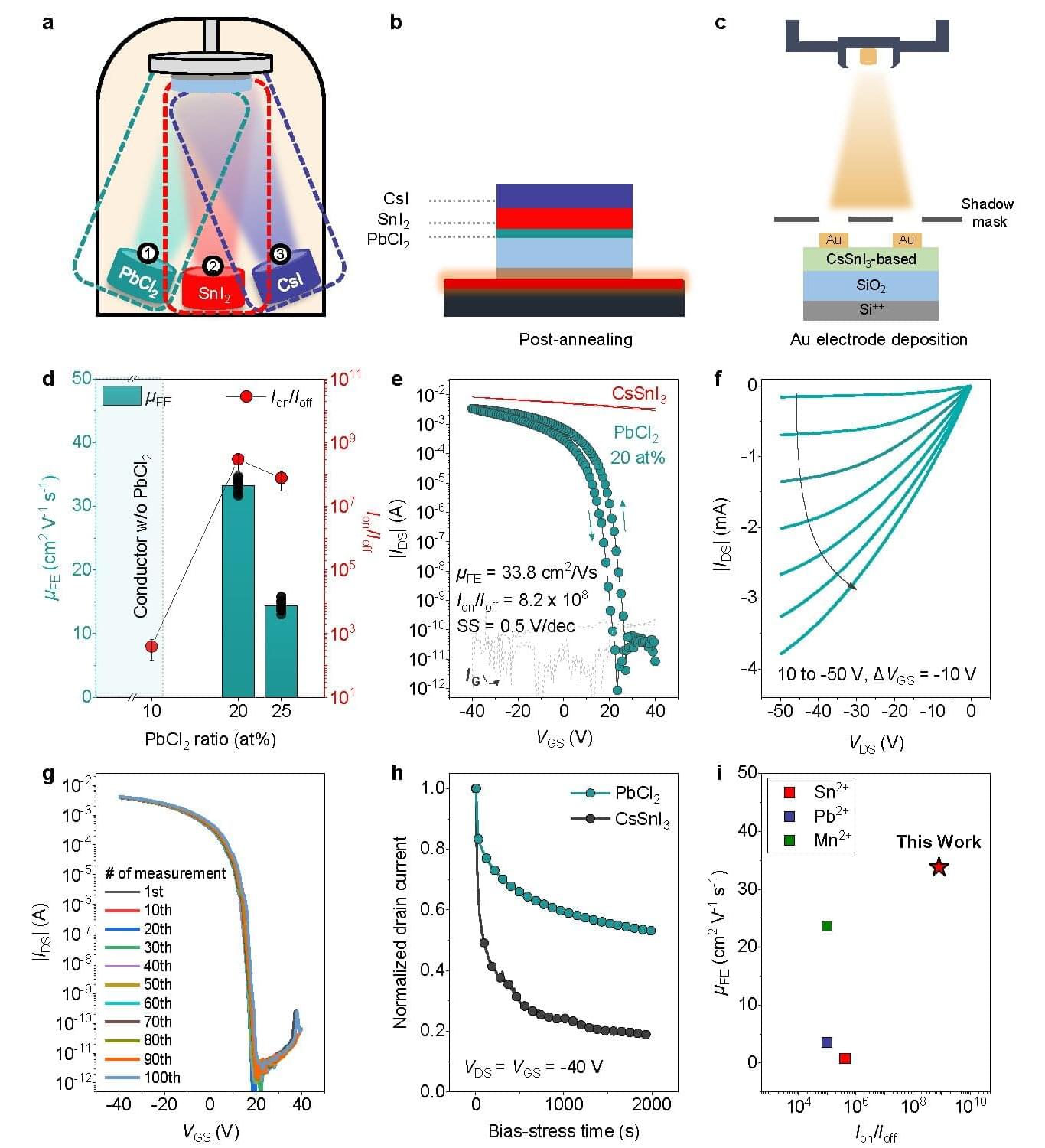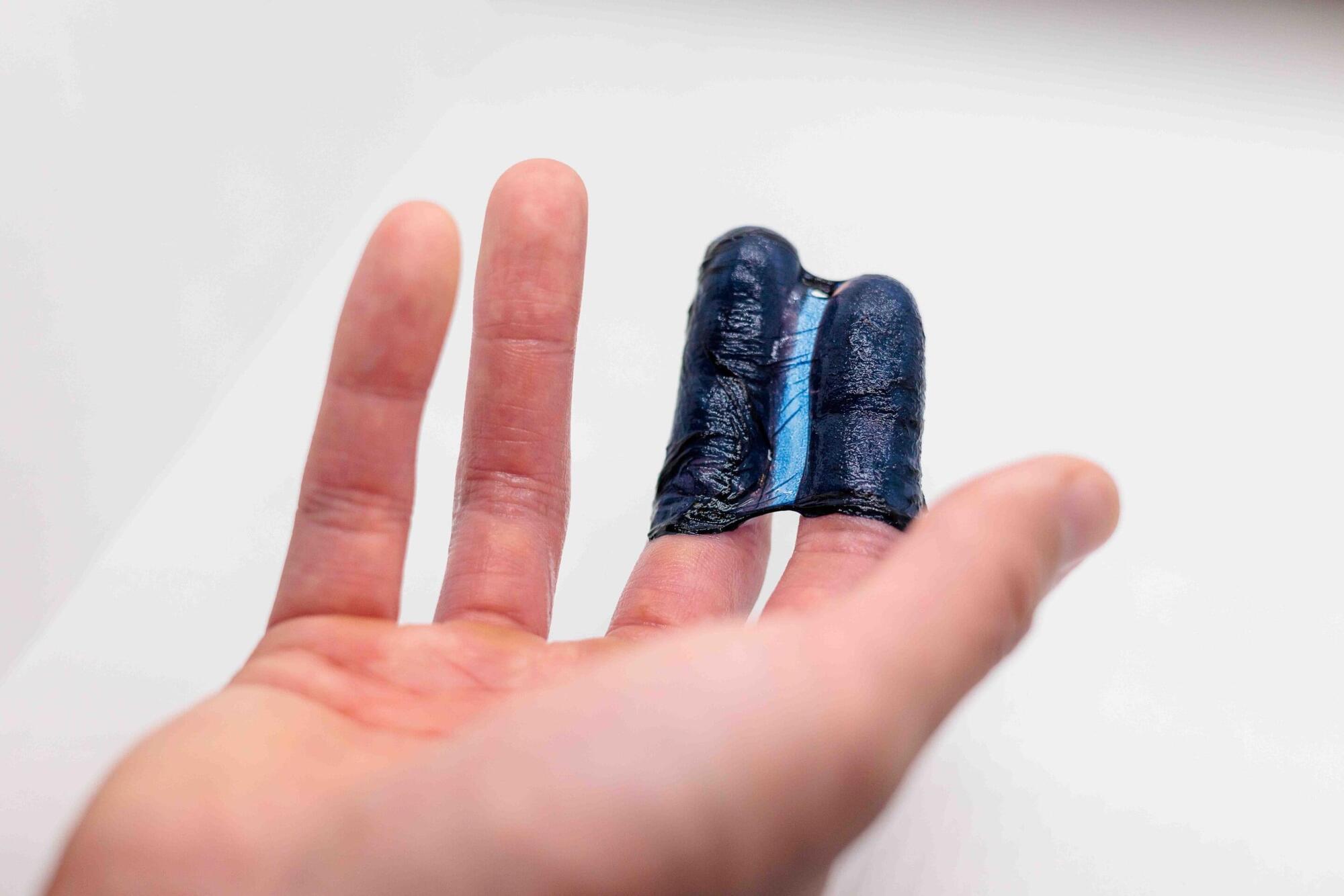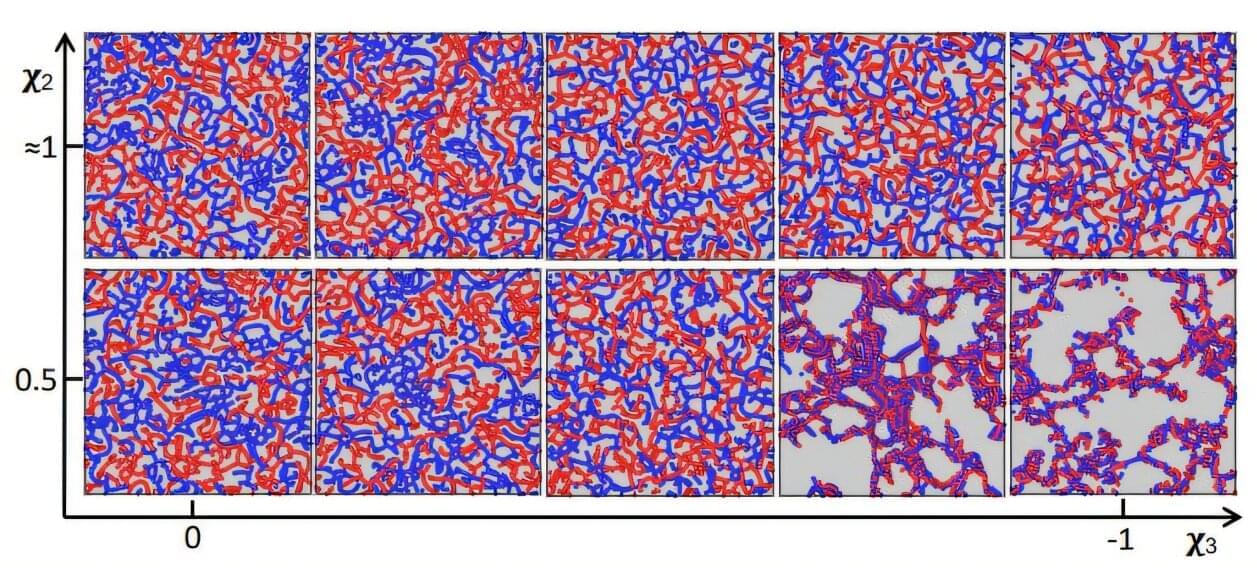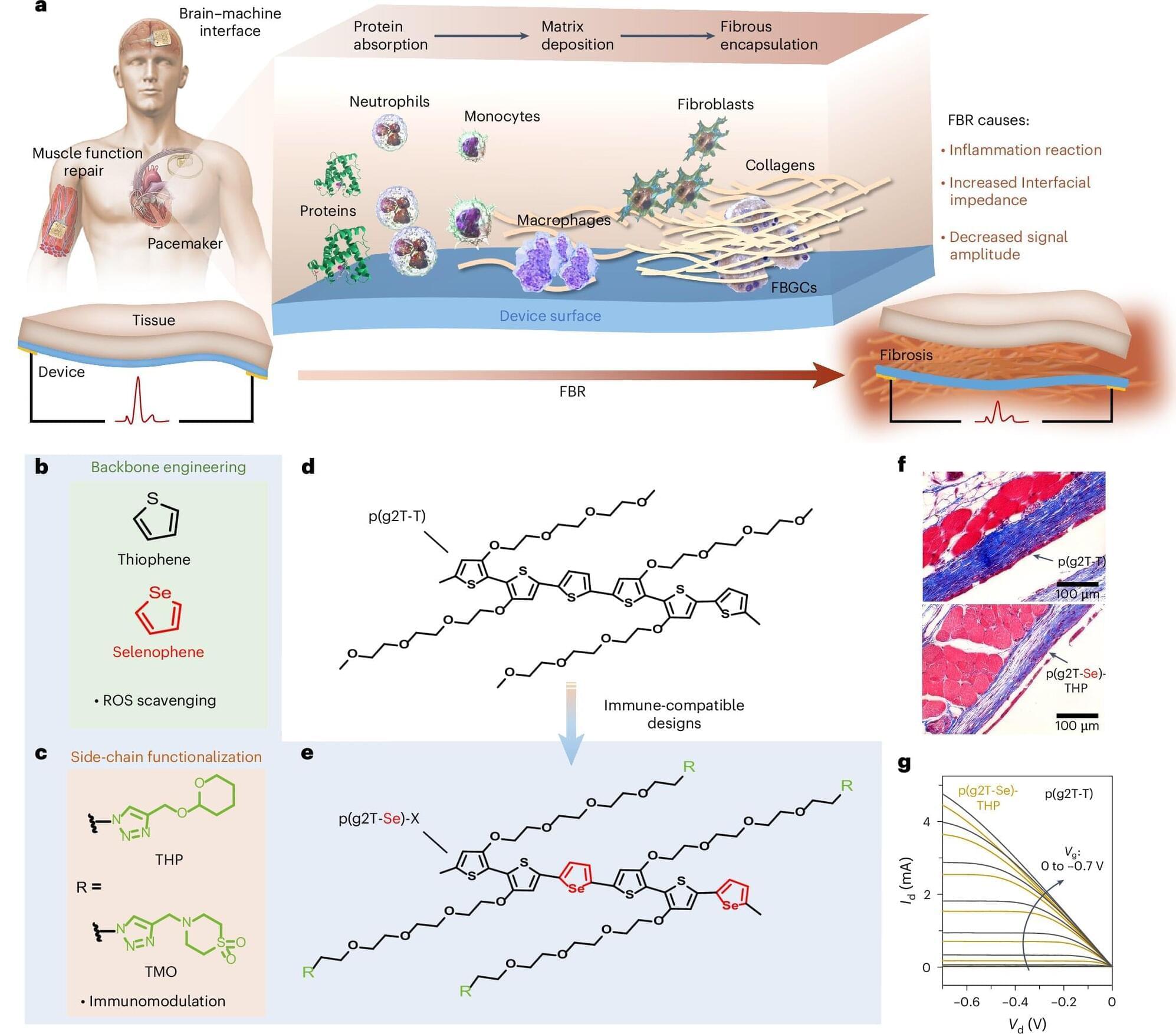Imagine you are playing the guitar—each pluck of a string creates a sound wave that vibrates and interacts with other waves. Now shrink that idea down to a small single molecule, and instead of sound waves, picture vibrations that carry heat.
A team of engineers and materials scientists at the Paul M. Rady Department of Mechanical Engineering at CU Boulder has recently discovered that these tiny thermal vibrations, otherwise known as phonons, can interfere with each other just like musical notes—either amplifying or canceling each other, depending on how a molecule is “strung” together.
The research is published in the journal Nature Materials.
